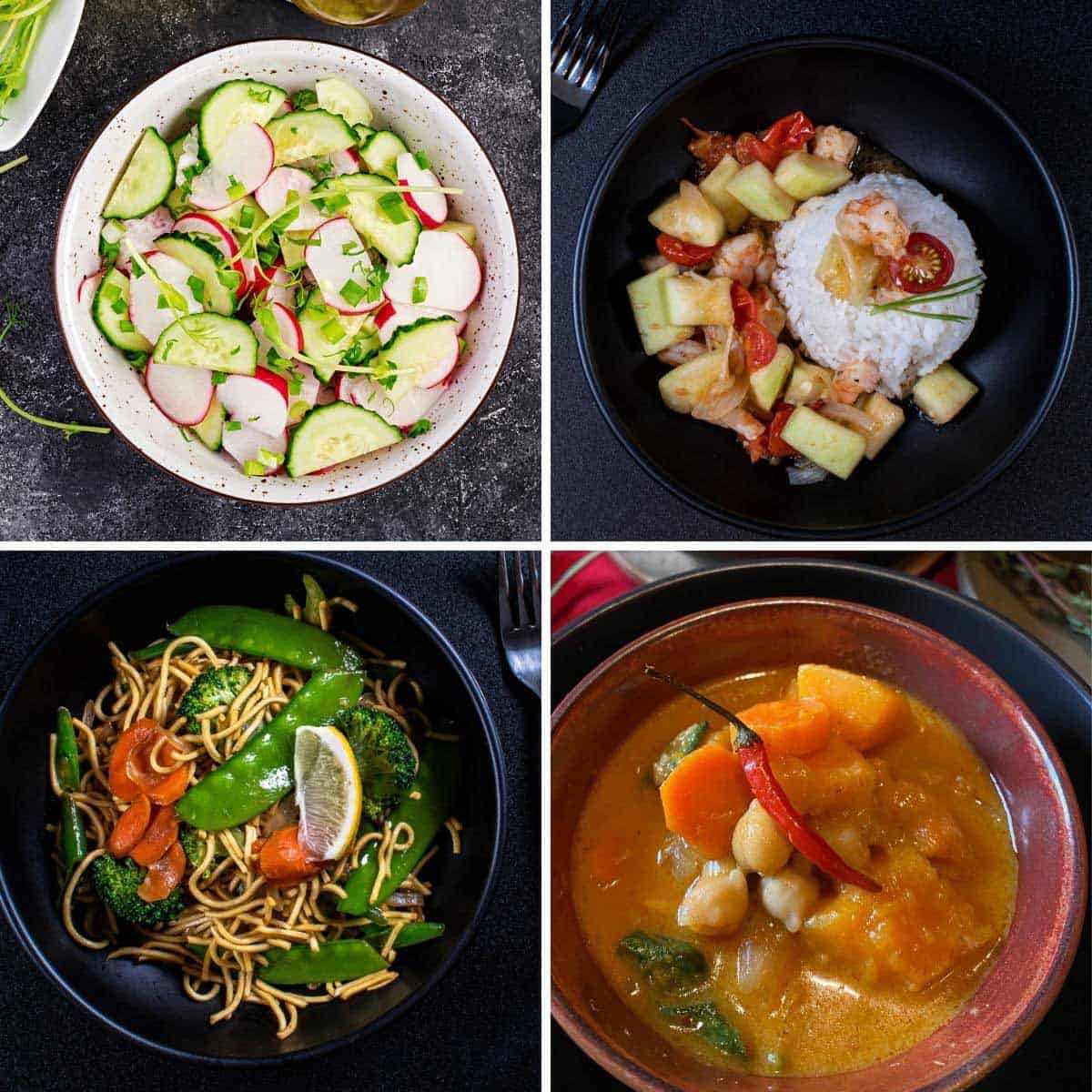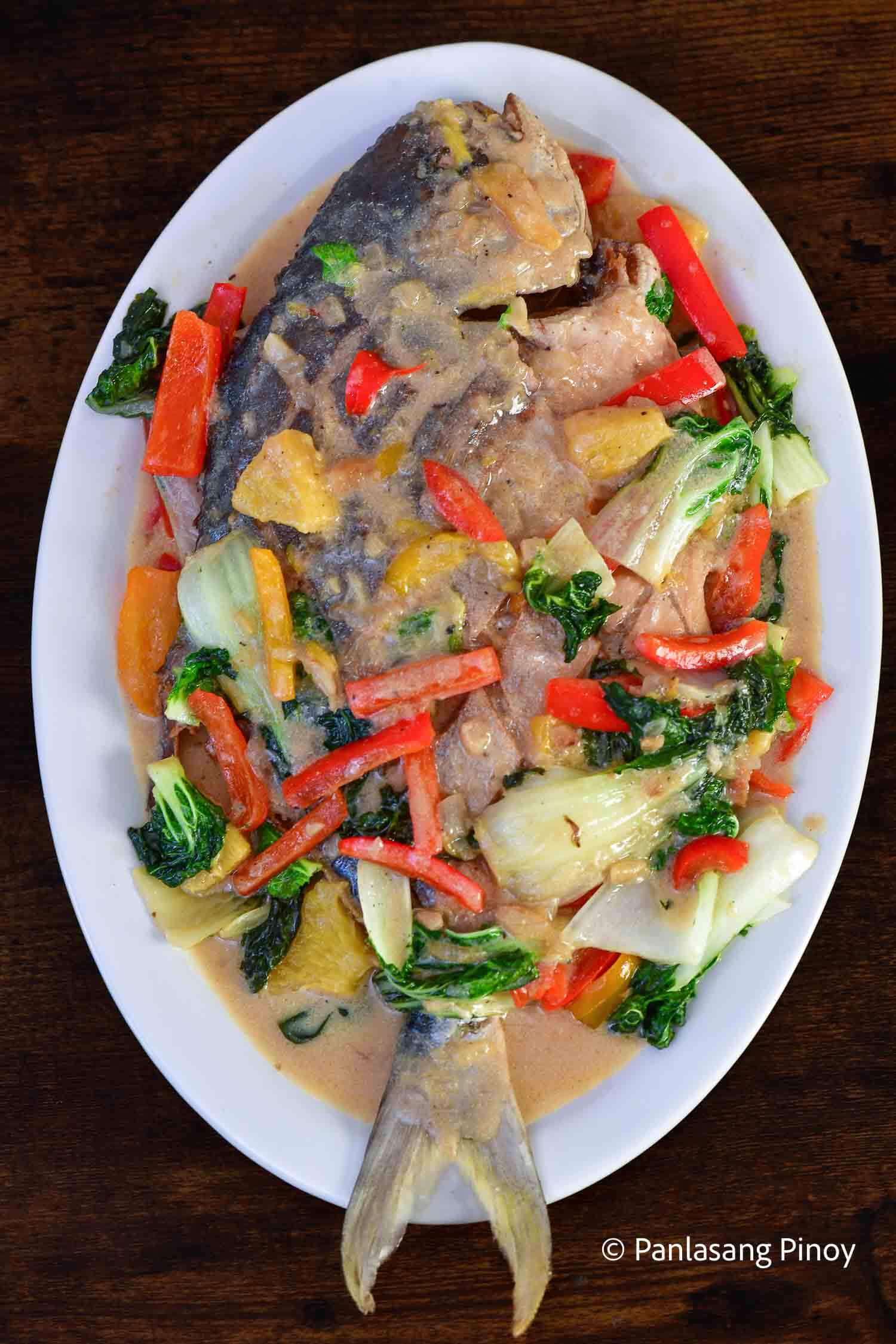Mouthwatering Filipino Food Recipes for Home Cooking.
Mouthwatering Filipino Food Recipes for Home Cooking.
Blog Article
Genuine Filipino Food Recipes to Attempt in your home
Discovering genuine Filipino food dishes presents a possibility to value the detailed tastes and social significance behind each recipe. Utilizing fresh, neighborhood active ingredients is important, as is accepting communal eating-- a trademark of Filipino society.
Popular Filipino Dishes
Filipino food boasts a rich tapestry of tastes and practices, with over a dozen iconic dishes that highlight the country's varied social impacts. One of one of the most well-known dishes is Adobo, a full-flavored stew normally made with poultry or pork, marinaded in vinegar, soy sauce, garlic, and seasonings. Its appetizing flavor profile makes it a staple in Filipino houses.
Another cherished recipe is Sinigang, a sour soup usually made with tamarind, tomatoes, and various vegetables. This meal can include pork, shrimp, or fish, and its refreshing preference is perfect for cozy environments. For those with a wonderful tooth, Leche Flan-- a velvety sugar custard-- works as a popular dessert, showcasing the Filipino penchant for abundant, wonderful tastes.
Kare-Kare, a passionate oxtail stew with a thick peanut sauce, in addition to the renowned lumpia, or springtime rolls, further exhibit the variety located in Filipino cuisine. Each recipe not just provides one-of-a-kind preferences but likewise narrates of local active ingredients and historic impacts, making Filipino food a lively reflection of its culture and heritage.
Necessary Ingredients for Filipino Food Preparation
The significance of Filipino cooking depends on its essential ingredients, which function as the foundation for the nation's beloved dishes. A range of flavors and structures come together, showcasing the varied social influences that form Filipino food.
Secret ingredients include rice, the staple that goes along with nearly every dish, representing food and area. Soy sauce, vinegar, and fish sauce (patis) are critical for flavoring, imparting umami and depth to recipes. Fresh herbs like cilantro and basil include aromatic quality, while garlic, onion, and ginger provide a robust flavor base.
Protein resources such as pork, poultry, and fish and shellfish are main to many recipes, frequently seasoned to boost taste. Veggies like eggplant, bitter melon, and green beans contribute important nutrients and balance - Filipino food recipes. Coconut milk is one more substantial component, providing creaminess and a subtle sweet taste to different stews and treats
Finally, calamansi, a citrus fruit, uses a refreshing flavor that raises recipes and beverages alike. With each other, these components develop the dynamic and rich tapestry of tastes that define Filipino cuisine, making it both reassuring and distinct. Recognizing these basics is crucial for any person wanting to duplicate authentic Filipino recipes at home.
Step-by-Step Recipe Guide

Begin by preparing your active ingredients. For Adobo, cut the meat into consistent items and marinate it in soy sauce, vinegar, garlic, and bay leaves for at least 30 mins. Next off, warm oil in a pan and sauté the garlic and onions till great smelling, after that add the marinated meat, allowing it to brown uniformly.
For Sinigang, start by steaming water in a pot and including your choice of meat. When tender, include tamarind paste or fresh tamarind for that trademark sour taste. Adhere to with veggies like radish and kangkong, cooking until just tender.

Tips for Genuine Flavor
Commonly, attaining authentic flavor in Filipino dishes pivots on the mindful choice and therapy of active ingredients. Beginning with fresh, high-grade fruit and vegetables, as the vibrancy of vegetables and natural herbs significantly enhances the recipe's general taste. Staples like garlic, onions, and ginger create the aromatic structure for numerous dishes; utilizing a knockout post them in appropriate proportions is crucial.
Choosing the best healthy protein is similarly vital. For example, conventional adobo typically employs chicken or pork, seasoned to absorb the sauce's complete taste. Additionally, think about sourcing in your area generated or regional components, as they can give authenticity that store-bought alternatives do not have.
Cooking strategies also play an essential duty. Slow-cooking methods, such as braising or stewing, enable flavors to fuse wonderfully, while frying can add a rewarding texture. Do not overlook spices; making use of salt, fish sauce, or soy sauce at the appropriate moments can elevate a meal dramatically.
Offering and Taking Pleasure In Filipino Food
Cooking experiences are enriched when Filipino food is served with focus to custom and area. The practice of sharing meals is main to Filipino culture, symbolizing unity and friendliness. When serving Filipino recipes, consider using conventional serveware, such as clay pots or bamboo baskets, which enhance the credibility of the experience.
Commonly, Filipino dishes are taken pleasure in family-style, with a range of recipes put at the center click reference of the table. This communal technique motivates communication and permits guests to sample different flavors. A well-curated spread might consist of staples like adobo, sinigang, and lumpia, complemented by rice, which is a basic component of every dish.
Going along with the food with standard spices, such as soy sauce, vinegar, or chili paste, can elevate the eating experience, welcoming restaurants to customize their plates to their choices. In addition, including neighborhood beverages, like calamansi juice or tuba, can enhance the total taste account.
Verdict

Report this page